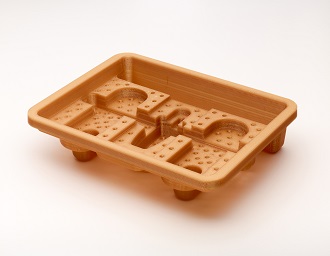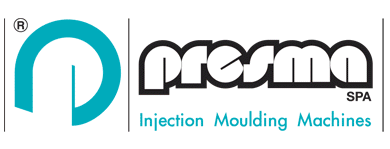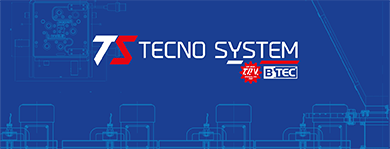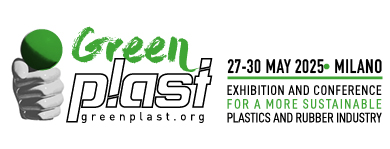Filaments for fused deposition modelling

The global leader in the chemical industry, Sabic, announced at NPE 2018 the third expansion of its additive manufacturing materials offering within 12 months. Specifically, Sabic is launching three new filaments for fused deposition modelling (FDM): Ultem AM1010F filament for general high-temperature applications, including tooling; and Ultem AMHU1010F and Lexan AMHC620F filaments for healthcare applications. These advanced new materials, which can be used for end-use parts as well as prototypes, are key to Sabic’s strategy of extending the scope of additive manufacturing. The company is also applying its broad expertise in materials, processing and design optimization - as well as deep knowledge and experience in healthcare - to enhance additive manufacturing technologies.
Last year, Sabic introduced its first six new filaments for fused deposition modelling and eight high-performance Thermocomp AM compounds for large-format additive manufacturing. In late 2017, the company then announced a unique filament based on Lexan EXL polycarbonate copolymer technology that is available only from Sabic.
“Our commitment to provide customers with advanced, high-performance compounds and filaments for additive manufacturing remains strong”, said Keith Cox, senior business manager, Additive Manufacturing, Sabic. “Today’s launch of these three additional filament products, together with plans to continue expanding our additive manufacturing product portfolio, demonstrate SABIC’s determination to further the evolution of this technology and enable application innovation”.
The first new filament, Ultem AM1010F, provides high heat resistance (a glass transition temperature of 217°C) and high mechanical strength. It can be used in applications such as short-cycle injection moulding tools, carbon-fibre layup tools, and automotive components. The filament is UL94 V-0 compliant at 1.5 mm and 5VA compliant at 3.0 mm.
The new Ultem AMHU1010F and Lexan AMHC620F filaments are made with Sabic healthcare-grade resins, which are included in the company’s Healthcare Product Policy and offer traceability. The policy provides pre-assessment of resin biocompatibility according to ISO 10993 or USP Class VI standards, and FDA Drug or Device Master File listing. New healthcare application development can become more efficient by using these filaments in prototypes, as the same base resin materials are available in injection molding grades for production.
 Ultem AMHU1010F
filament is a polyetherimide (PEI) product, manufactured from Ultem HU1010
healthcare-grade resin that provides inherent high heat resistance. The
unpigmented filament is biocompatible (ISO 10993 or USP Class VI), and printed
parts can be sterilized using gamma radiation, ethylene oxide (EtO) or steam
autoclaving. It is UL94 V-0 compliant at 1.5 mm and 5VA compliant at 3.0 mm. Lexan
AMHC620F polycarbonate (PC) filament, available in white, is also biocompatible
and can be sterilized with gamma or EtO methods. This filament meets UL94HB
rating at 1.5 mm.
Ultem AMHU1010F
filament is a polyetherimide (PEI) product, manufactured from Ultem HU1010
healthcare-grade resin that provides inherent high heat resistance. The
unpigmented filament is biocompatible (ISO 10993 or USP Class VI), and printed
parts can be sterilized using gamma radiation, ethylene oxide (EtO) or steam
autoclaving. It is UL94 V-0 compliant at 1.5 mm and 5VA compliant at 3.0 mm. Lexan
AMHC620F polycarbonate (PC) filament, available in white, is also biocompatible
and can be sterilized with gamma or EtO methods. This filament meets UL94HB
rating at 1.5 mm.
Both new filaments deliver excellent mechanical performance. They are potentially suitable for a wide variety of medical devices, from conceptual modelling to functional prototyping and end-use parts. Possible customized or personalized applications include surgical instruments, single-use devices and casts/splints. Customers are advised to perform their own tests and analyses to determine the safety and suitability of such products for their intended purpose.
Sabic has extensive experience in providing solutions for a range of healthcare market segments, including single-use devices, portable medical equipment and surgical instruments and trays. The company’s expertise in healthcare application requirements, including biocompatibility, sterilization, chemical resistance and ergonomics, adds significant value to customers using additive manufacturing technologies for functional prototyping and end-use part production for this industry.




















